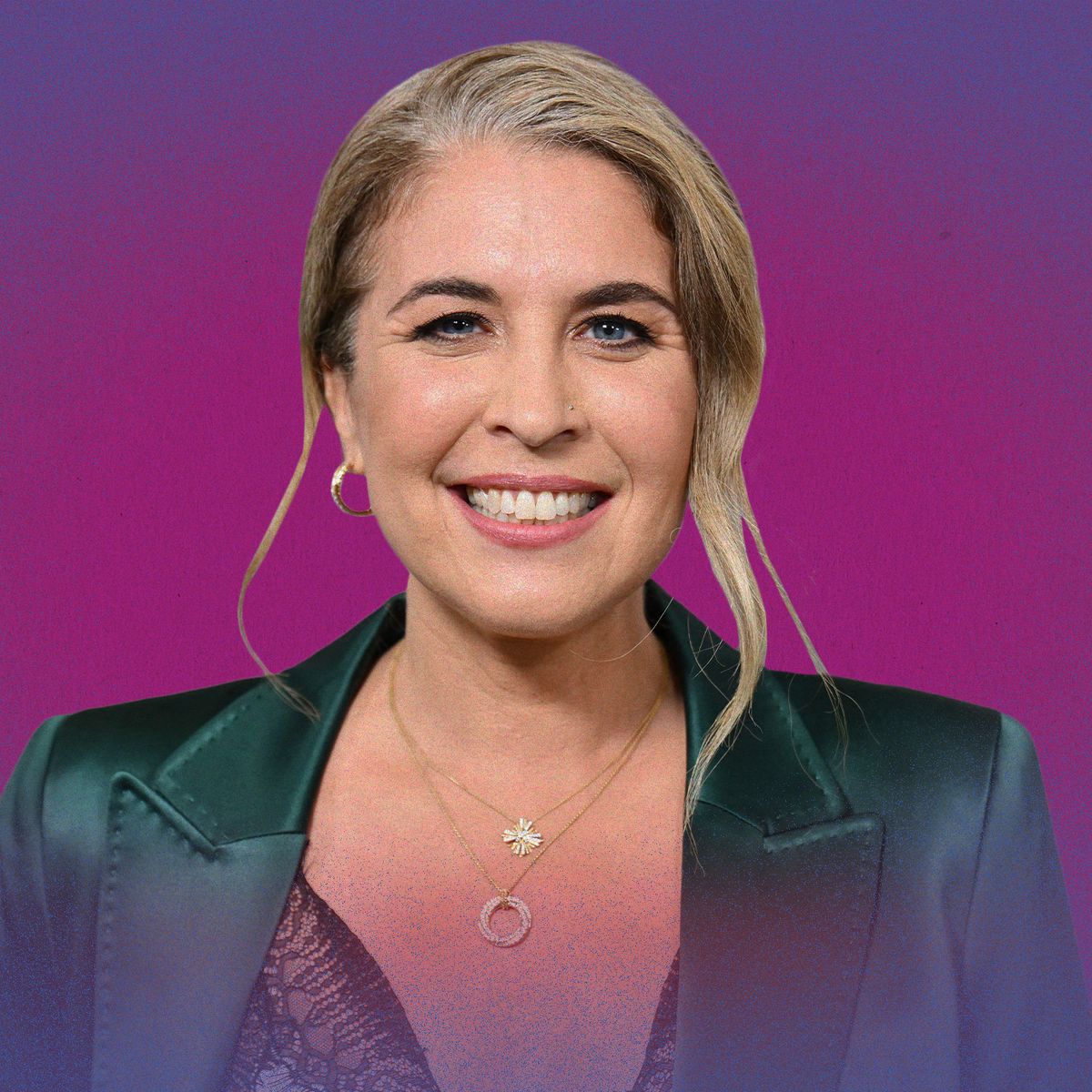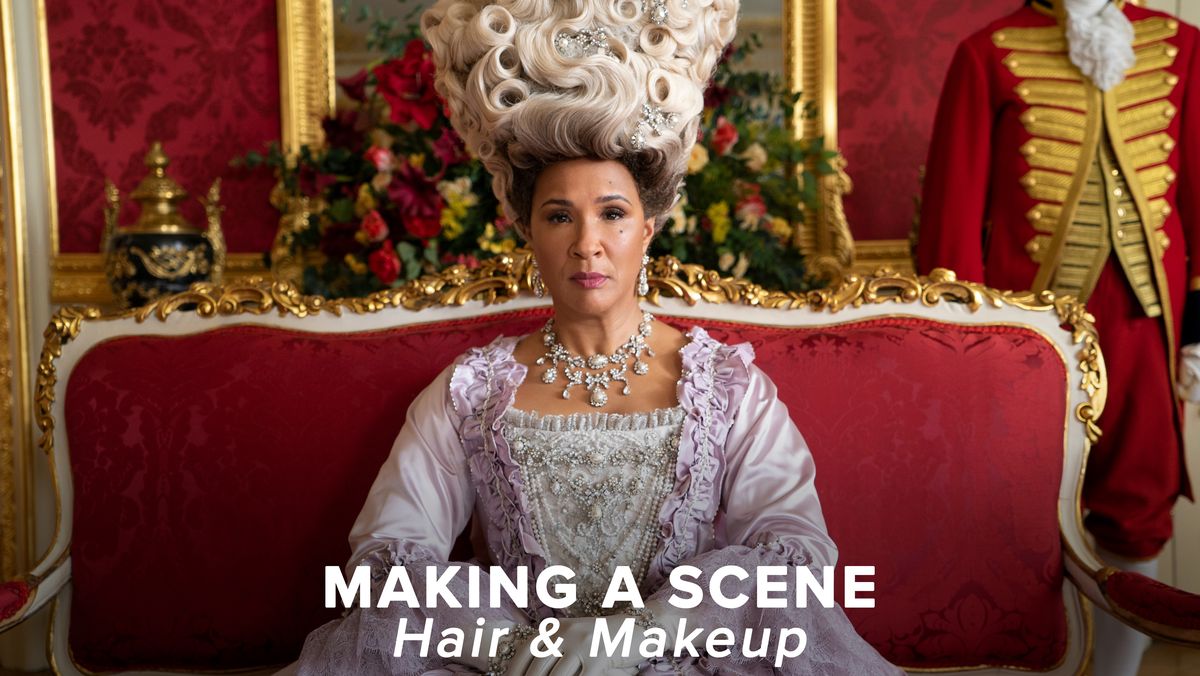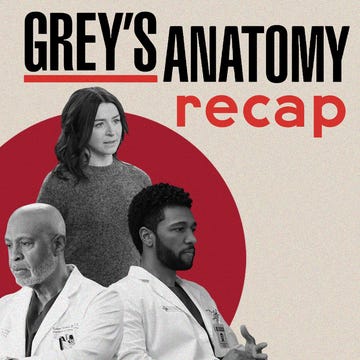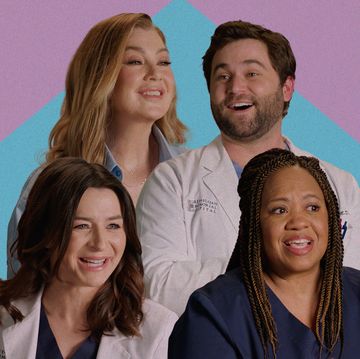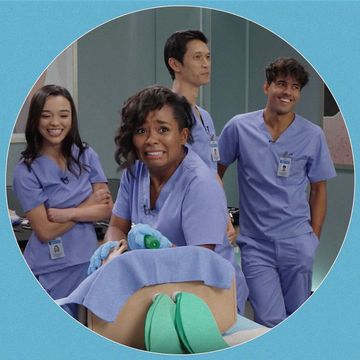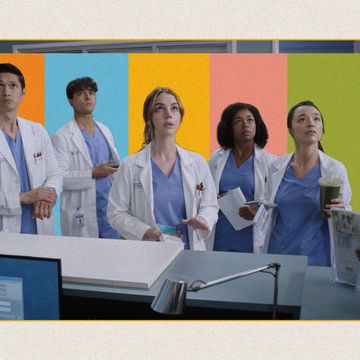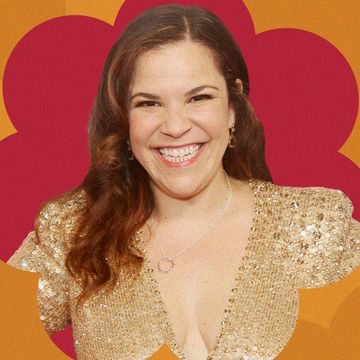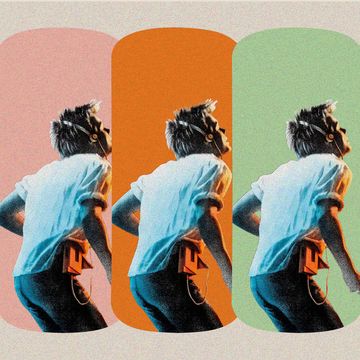Adapting a beloved novel is no small feat, but director Olivia Newman felt confident that she could bring Delia Owens’ 2018 best-seller Where the Crawdads Sing to the big screen. Transforming the novel — brought to life by Reese Witherspoon’s production company, Hello Sunshine, along with 3000 Pictures — into a feature film proved a daunting task, featuring multiple timelines and a challenging location. But Newman, who previously helmed the Netflix film First Match, always kept her focus on one important thing.
“Our guiding principle was we wanted audiences to have the same feeling watching the movie that they had while reading the book,” Newman explains to Shondaland. “You can read a book, and a year later, you don’t remember every detail of it. But you remember the journey that you went on while reading it. There are so many relationships, and characters, and details that, of course, you can’t fit everything from a book into a movie. It was a painstaking process trying to make sure that we had all of the most important elements and characters in the movie that were so important to the telling of the story. It was very challenging.”
Although the film, in theaters July 15, shifts the novel’s structure, it’s a strikingly close adaptation of Owens’ work. Normal People actress Daisy Edgar-Jones embodies Kya, the so-called “Marsh Girl” who is put on trial for murder after the body of local boy Chase Andrews (Harris Dickinson) is found in the nearby swamp. As Kya’s trial unfolds, she recounts her past growing up in the North Carolina marsh, where she was abandoned by her family and where she later finds hope with her first love, Tate Walker (Taylor John Smith). On-screen, the story is just as poignant and bittersweet as it is on the page.
Here, Newman discusses the making of Where the Crawdads Sing, why she wanted to retain the novel’s ending, and the emotional strength of Taylor Swift’s original song “Carolina,” which the songwriter wrote specifically for the movie.
EMILY ZEMLER: How did you come onboard this film?
OLIVIA NEWMAN: I read the book and loved it, and when my agents told me that they were making a film out of it and looking for a director, I raised my hand to throw my hat in the ring. And then I read Lucy Alibar’s script and was so excited to work with somebody who is such a lyrical screenwriter. She really was able to capture Delia’s novel in her script. So, I put together a pitch, and I met with [producers] Hello Sunshine and 3000. Then, [I] had several more meetings, and eventually I was offered the job. That was two years ago exactly.
EZ: So, this movie came together relatively quickly.
ON: I came on in July of 2020. I know Lucy had written a few drafts of the script before I came on, and then she and I worked together on a few more drafts. We went into prep in February 2021. So, that was about six months from the time I came on before we were on the ground.
EZ: When a book is this beloved and has cemented itself in pop culture, is there a lot of pressure to adapt it well?
ON: I get asked that question every single interview. And I think that’s because the answer is so obvious: It’s terrifying. In some ways, on the one hand, it’s amazing to know that you have a built-in audience of fans. But of course, the pressure to live up to the experience that you have reading the book is an enormous responsibility. Of course I felt the pressure. But I also knew that I was working with a team that all loved the book as much as I did, and our priority was doing justice to Delia’s book. In that way, I felt confident that we were going to capture the heart and soul of the book, even if we couldn’t put every detail that’s in the book into the movie.
For me, the guiding principle was that what lingered with me after reading this book was the emotional journey that it takes you on, and I wanted to make sure that the experience I had reading the book was the same experience I would offer moviegoers. And so, if I could at least give them that same emotional journey, that same emotional experience, then it would feel very familiar and similar to the experience of reading the book.
EZ: You make it sound simple, but I assume it was actually really challenging to do that.
ON: This was not an easy book to adapt because there’s so many timelines and there’s so many different relationships. And there’s also so many genres that have to be woven together. There’s a survivalist tale at the heart, watching this young girl grow up and survive in the marsh and learn how to thrive. There’s also all of these relationships that are very integral to the story arc, and then the murder mystery that’s driving the story. And there’s this big courtroom trial at the end. So, trying to figure out: “How do we weave all these pieces and give every relationship that’s really important in the book its weight and enough screen time?” It was really a balancing act.
In the book, you’re able to go into different characters’ points of view. But in the movie, we wanted to stay as close to Kya’s point of view as possible. We thought that her perspective on the world was so singular, and we wanted to allow the audience to really travel through the story with her. So, we decided to move her arrest and the trial up to the beginning of the movie so that whenever we were in the present story line, you were following her trial, and whenever you were in the past, you were following her survival. That way, you had as much time with Kya as possible.
EZ: As a fan of the book, was there a particular detail from the novel you wanted to ensure made it to the screen?
ON: The most important was being able to capture her connection to the marsh. To understand Kya, you have to understand what she’s taking away from her observations of nature. That really becomes key to her survival, and that becomes key to understanding who she is. I’ve never really seen a character quite like Kya, who is not completely feral because she’s been raised by a family and a mother who loved her. But then [she’s been] left on her own, with the kindness of her neighbor Jumpin there to support her. So, she’s not completely wild. She’s not an enfant sauvage. But she does have a connection to nature, and she does take from nature so many lessons. She lives somewhere in between wild and civilized.
To me, it was really important that we be able to photograph her in that natural environment, and that we were able to get across, through the way that we shot her experience in the marsh and in the swamp, her particular emotional point of view. There were so many elements that had to be in the movie, but I wanted to make sure that backdrop and the way that we framed her really got across her particular relationship to that setting.
EZ: Did you shoot in an actual marsh?
ON: That was never a question. We were definitely always going to be shooting in the swamp and in the marsh on location. We built her shack. We found the location and then built her shack on the perfect spot. Everything was about the landscape, finding the perfect backdrop, and then building our sets into that landscape.
EZ: What was the most challenging part about shooting on location in Louisiana?
ON: Shooting on boats is very hard! In the marshlands, the depth of the water fluctuates day to day. So, we’d go out and scout in the marsh and find areas that would be perfect backdrops for certain scenes, and then the day before we were set to shoot, we’d find out that the water levels were too low, and those areas were now going to be too shallow if we shot there. We’d have to go out on the morning of [the shoot] and quickly look for new spots and [check] the water levels.
And it’s not just the picture boat and the camera boat, but you have a fleet of boats. You’ve got all your props, and you’ve got your hair and makeup team on a boat, and you’ve got all the departments. You’ve got the porta-potty on a boat. The water is your set. It’s basically bringing your entire production onto the water. In the marshlands, there’s no shade, there’s no tree cover, so you’re out in the blazing hot sun. So, you’re putting your actors out there, and they’re baking in the sun.
But the days that we shot on boats were also the most moving to me. You can’t get any more immersed in that natural world. You’re out in the most remote setting. We’d have these days out in the sun, on the water, and we’d shoot every minute that we could. Then, you know, we’d be boating back to base camp at sunset, and it was amazing to see the entire crew just quiet. They’d be taking in their surroundings as we were going back to base camp, watching the sunset, and it was so moving.
EZ: Were there any particular characteristics you were looking for in your lead actress to ensure that the on-screen version of Kya matched what we know from the novel?
ON: It was important to me that I worked with an artist who could capture all of the different shades of Kya. She’s a complicated character. And she is, in some ways, a contradiction. She’s incredibly strong and resilient. But she’s also very shy and awkward and tender. She’s deeply sensitive, and yet she has this unbelievable strength. I was looking for an actress who could tap into all of those different sides of her — who I believed could walk barefoot around the marsh and pick up a snake but also was very, very sensitive and vulnerable.
Daisy struck me as somebody who did that in her portrayal of Marianne [in Normal People]. She’s a very complicated character and in some ways very unlikable. But you empathize with her, and you really feel for her because [Daisy] is able to embody all of those different shades and complexities of that character. I had that feeling that she’d be able to do that with Kya as well, and then she just surpassed all our expectations. She’s just a brilliant actress.
We had a movement coach to help her embody a different stance in the way she moves and to get her really comfortable walking around the marsh barefoot, and fishing, and riding around in her boat. She really enjoyed the process and took it on with such integrity.
EZ: The ending of the novel is bittersweet, and the film is true to the book. Why was that important to you?
ON: The ending of the book has the full story, and so you have to understand the ending to understand the story that Delia is telling. It’s an ending that you want to talk about and debate, and argue about, and have conversations about with your friends. It’s not an easy, clean ending. What left me haunted by the book and left me thinking about it is the ending. And so, it was absolutely vital that we stay true to it. That was the only way to stay true to the entire story.
EZ: It’s amazing how Taylor Swift’s song “Carolina,” which plays over the end credits, evokes the exact same feeling as that ending.
ON: It’s very strange how perfectly that song fits the feeling that you have at the end of the movie because she wrote it before the movie was shot. She wrote the song because she loved the book, and she knew that we were turning it into a movie. She was just inspired by the feelings that she had reading the book. It’s nerve-racking to get an original song written before you shoot the movie because you don’t know what the movie is going to be until you’ve shot it and you’ve edited it. It’s a long, painstaking process. But when I heard the song, the feeling I had was the same feeling I had when I finished the book, and I knew that was the feeling I wanted to give moviegoers, no matter what.
I wanted a song that you can sit and listen to as you’re digesting everything you just saw. I want you to have that feeling that I had when I closed the book. I had to sit with it and sit with my feelings. So, it was just incredible that she was able to tap into that exact same emotion that readers have when they finish the book and, hopefully, when they finish the movie.
EZ: What is your next project?
ON: Well, actually I’m working on another Hello Sunshine production. It’s a limited series, and it’s another adaptation of another best-selling book. I’m a glutton for punishment! It’s an adaptation of the beautiful novel The Last Thing He Told Me. It’s for Apple TV+ with Jennifer Garner and Angourie Rice. We are in the middle of production right now.
Emily Zemler is a freelance writer based in London. She has written for Esquire, ELLE, The Hollywood Reporter, Playboy, Billboard, and Nylon. She has an MFA in Fiction Writing from Sarah Lawrence and is currently working on her first book.
Get Shondaland directly in your inbox: SUBSCRIBE TODAY
